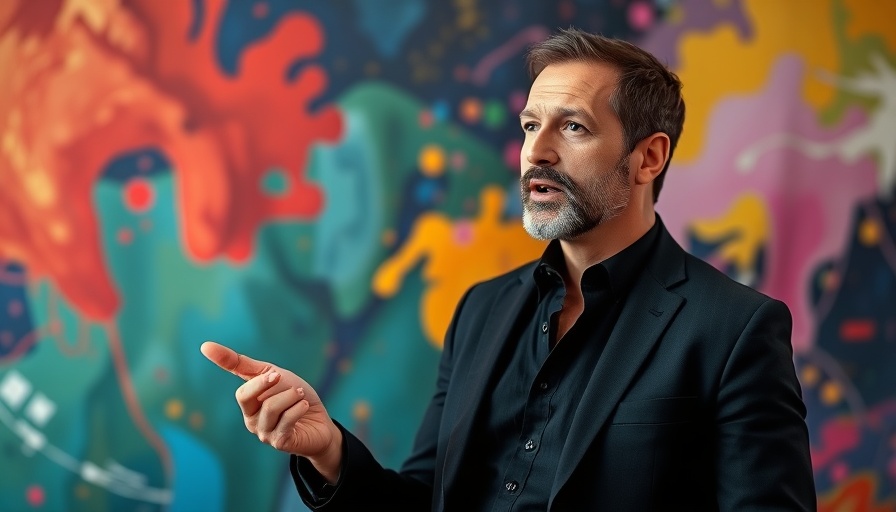
Why Mark Cuban Embraces Email in a Text-Driven World
In an age dominated by instant messaging and social media, billionaire investor Mark Cuban, known for his ventures and stint on ABC's 'Shark Tank,' finds comfort in a decades-old communication method: email. Despite receiving 700 to 1,000 emails daily, Cuban effectively manages his overflowing inbox using simple organizational techniques that allow him to remain efficient and connected.
The Power of Asynchronous Communication
Cuban appreciates the asynchronous nature of email, as it allows him to respond to messages on his terms. He highlights how this flexibility fits seamlessly into his lifestyle, allowing him to balance his personal and professional commitments without being tethered to real-time responses that platforms like text or Slack demand. This approach not only enhances productivity but also provides a greater sense of control over his communications.
A Method to His Madness: Efficient Email Management
Cuban employs a meticulous filing system with folders to categorize his messages, empowering him to declutter his inbox. These strategies keep his unread emails minimal, typically under 20, providing a clear focus on his day's priorities. He notably avoids the trend of outsourcing email management, arguing that personal engagement with his correspondence is essential. "I've never thought about hiring anyone to help. My unread emails serve as daily reminders of what I need to accomplish," he commented.
Staying Organized Amidst a Cybersecurity Landscape
While Cuban’s dedication to email is unwavering, he does acknowledge the risks involved, especially in light of his Google account being hacked in June 2024. This incident underscores the importance of robust cybersecurity measures, even for high-profile individuals. Despite this setback, his love for email remains, showcasing resilience and adaptability in facing challenges.
A Look Back: Cuban's Entrepreneurial Journey
This emphasis on email reflects Cuban's broader approach to business, which values responsiveness and direct communication. He founded multiple successful ventures, including MicroSolutions and Broadcast.com, and co-founded the Cost Plus Drug Company, highlighting a commitment to innovative solutions. Keeping track of crucial communications has been an integral part of his journey from a small startup owner to a billionaire investor.
Why Email Might Be Here to Stay
As businesses increasingly adopt collaborative tools and messaging platforms, Cuban’s approach raises the question: could email still hold a vital role despite the rise of new technologies? The storied history of email, combined with its adaptability, suggests that it may not disappear anytime soon. As Cuban himself reflects, some of his messages date back to the 1990s, providing a historical archive that newer technologies cannot offer.
Conclusion: Lessons from Mark Cuban's Communication Style
Mark Cuban's reliance on email in a fast-paced digital world illustrates the effectiveness of traditional communication methods when used wisely. His strategies offer valuable lessons for anyone looking to optimize their communication skills—whether managing a small business or navigating personal correspondence. With clear organization, a focus on personal engagement, and a methodical approach, you too can enhance your productivity and maintain control over your daily communication demands.
Now, reflect on how you manage your emails. Are you maximizing your productivity? Consider adopting some of Cuban’s strategies to transform your inbox experience.
 Add Row
Add Row  Add
Add 



Write A Comment